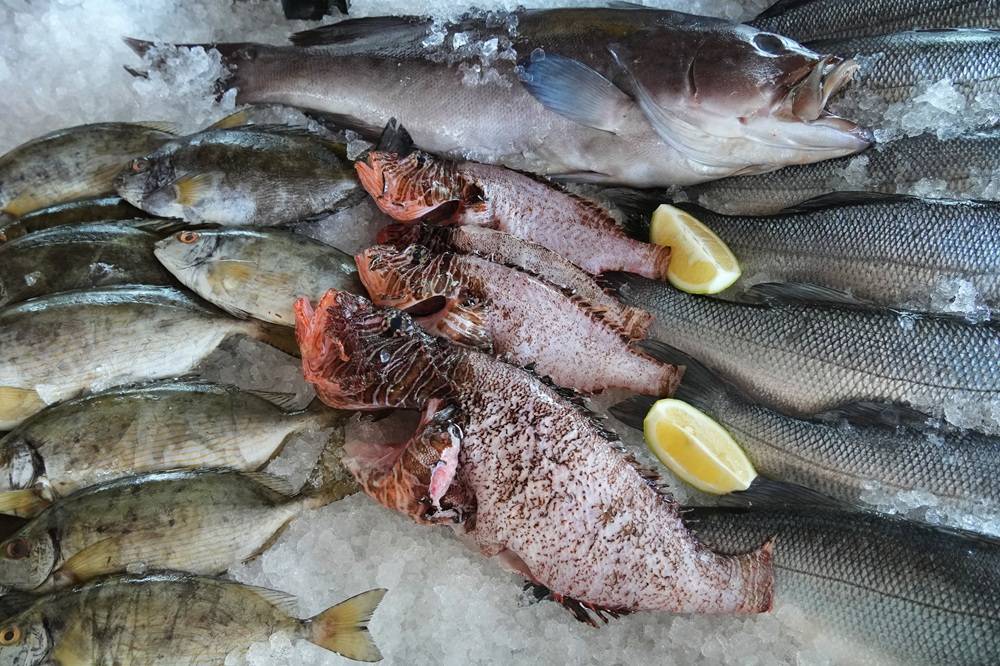Saudi actress, writer and director Ahd Kamel rose to fame both on local and international scenes after her starring role in 2012's high profile festival favorite, the critically acclaimed BAFTA nominee, “Wadjda”, which is Saudi Arabia's first feature film.
Kamel, 36-year-old, has more ambitions in acting and directing that landed her a prominent role in a new English television mini-series, Collateral, that is produced by Netflix and aired on the BBC.
The series is created by Oscar-winning playwright David Hare and Kamel will appear alongside Oscar nominee Carey Mulligan of The Great Gatsby.
Kamel will play the role of a Syrian refugee called Fatima.
When commenting on the differences between the local Saudi film industry and that abroad, Kamel cites the history setting apart the two platforms.
In Britain, there is a huge art industry, an extended tradition of actors and actresses, and an esteemed atmosphere that holds respect for acting and art, explained Kamel.
But in Saudi Arabia, she said that she belongs to a pioneering cinematic generation.
Despite the fright of her first experience, Kamel admitted that TV series “are really fun.”
She said that to absorb the intricate details of the character, trust in the script fully and to be part of this crew of artists is a valuable experience that would help her develop and grow as an actress.
“Over ten years into my career, I felt a sense of gratitude for my work, as well as for the opportunity to join such a range of international talent,” added Kamel.
Commenting on her fellow Collateral actress, Kamel said that it is great to work with a star as generous and as humble as Mulligan.
In Collateral, Kamel plays the role of a Syrian refugee.
Asked if the role was just another stereotype of Arabs, she said that Hare and series director S. J. Clarkson wanted to break away from the mould.
“They did not want to portray the refugees in an exaggerated way. They told me that they wanted to show their human side more clearly,” Kamel added.
“This gave me a lot of space to study the character and add depth to it,” she stated.
Kamel moved to New York City in 1998 and completed her BFA in Animation and Communication from Parsons School of Design. She then further diversified her education, obtaining a Directing degree from the New York Film Academy. She then went on to study acting under William Esper at the Esper Studio.
Kamel said becoming the first Saudi actress to ever appear on Netflix is a great honor, because it has opened the door for other artists. She also remarked that it happened at the same time as many major changes taking place in Saudi Arabia.
“I think it will be important for future generations... It will take time… I'm interested in seeing what days bring. I am very enthusiastic and I think it will gradually develop," Kamel said.










